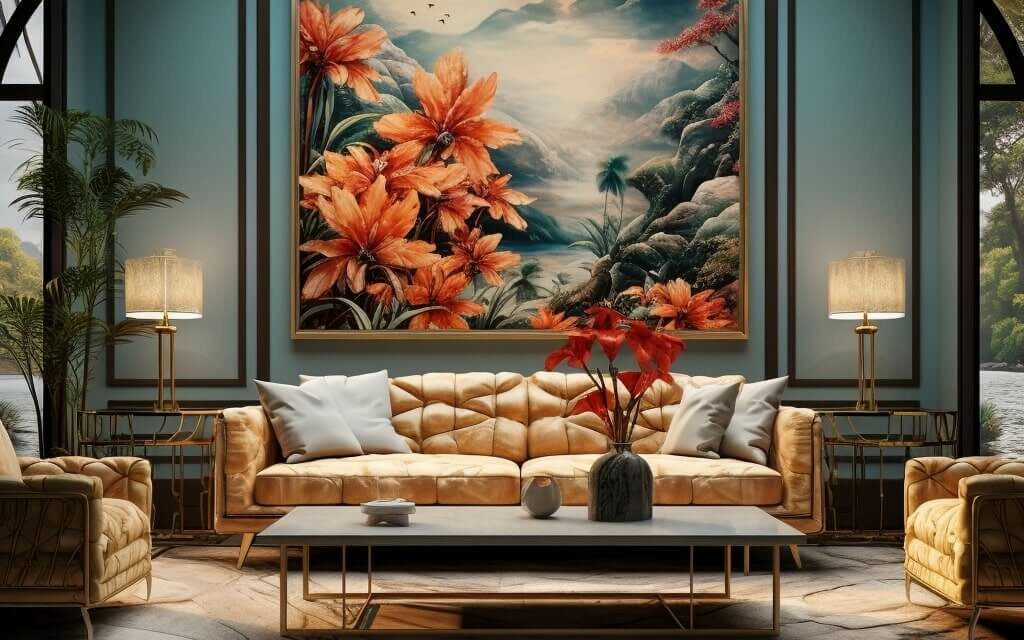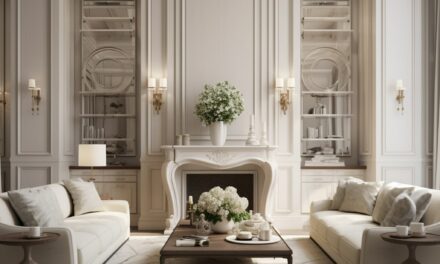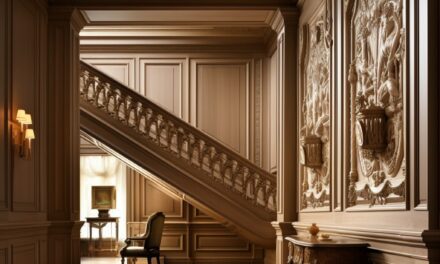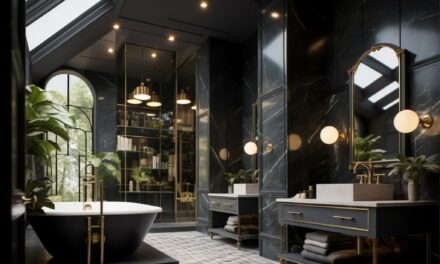When it comes to interior design, unity is a term that is often used but not always fully understood.
So, what is unity in interior design?
Essentially, unity refers to the way in which all the different elements and components within a space work together in a cohesive and harmonious manner. It is the creation of a sense of oneness throughout the design of a room, with each element complementing the others and contributing to an overall feeling of balance and order.
Unity is an essential aspect of successful interior design, and it is achieved by utilizing various principles and techniques to bring all the different parts of a space together in a meaningful way. From the colors used to the furniture selected, everything should be carefully considered to ensure that it contributes to the overall sense of unity and harmony.
In this article, we will explore the concept of unity in interior design in greater detail, looking at the principles, elements, and theory of unity, as well as ways to achieve it in various design styles and small spaces. We will also address some frequently asked questions about unity and its importance in creating visually appealing and welcoming spaces.
What is Unity in Interior Design
Unity in interior design is achieved by applying a set of principles that work together to create a harmonious and visually pleasing space. These principles include:
| Principle | Description |
|---|---|
| Repetition | Using the same pattern, texture, color, or shape multiple times throughout the space to create a sense of continuity and harmony. |
| Balance | Arranging elements in a way that creates a feeling of stability and equilibrium. Balance can be symmetrical, asymmetrical, or radial. |
| Rhythm | Creating a visual flow in the space through the repetition of elements and patterns. Rhythm can be achieved through color, texture, shape, or pattern. |
These principles work together to create a cohesive and visually appealing space that feels natural and balanced. By understanding and applying these principles in your interior design projects, you can create an atmosphere that is both functional and beautiful.
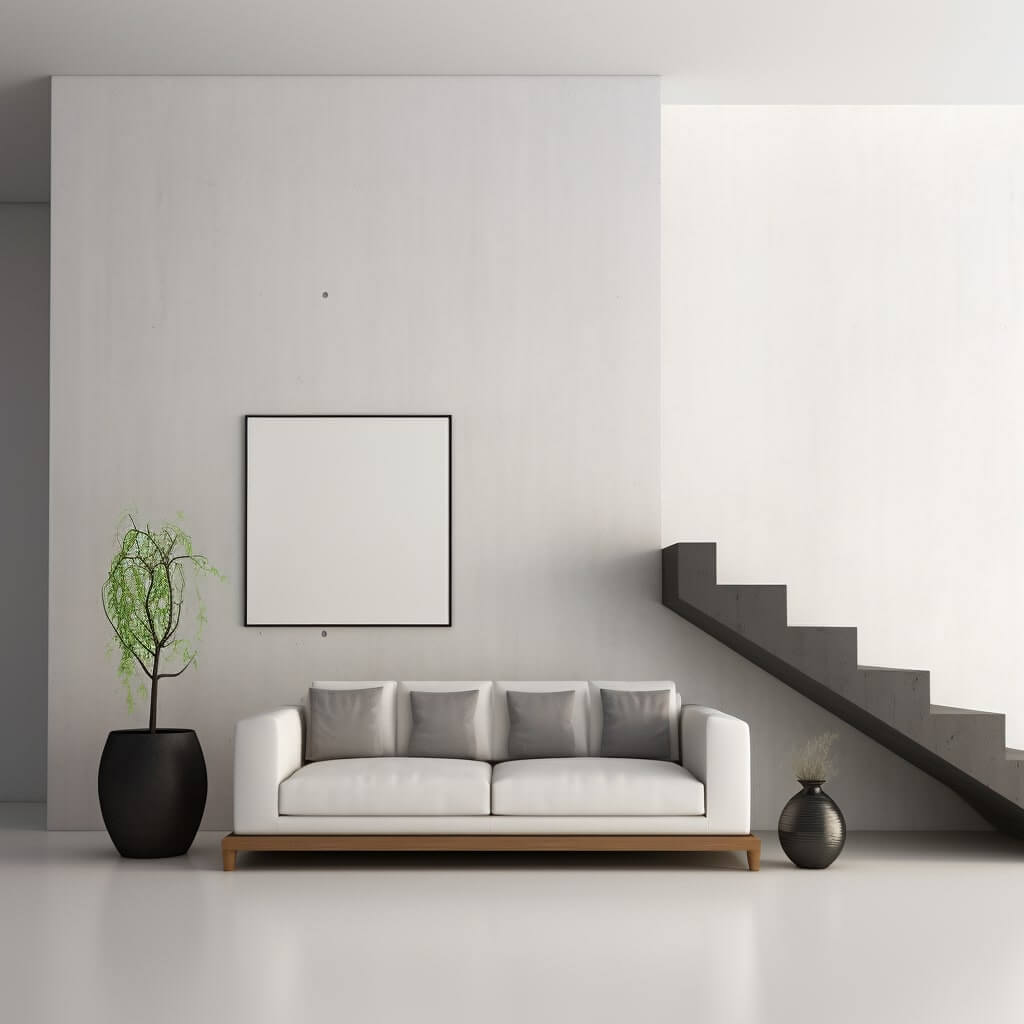
The Importance of Unity in Interior Design
Unity is a fundamental aspect of interior design that significantly impacts the overall experience of a space. When a room is unified, its elements work together harmoniously to create a cohesive and visually pleasing environment. Unity can elevate the aesthetic appeal of a space and make it feel more welcoming and inviting.
The lack of unity, on the other hand, can create a chaotic and disjointed environment, leading to a sense of discomfort and unease. Without unity, a room can feel cluttered and overwhelming, and its individual elements may appear disconnected, creating visual confusion.
By designing for unity, interior designers can create rooms that not only look beautiful but also function well. Unity can improve the flow and functionality of a space, making it easier to navigate and use. Unity can also help highlight the room’s focal points and overall purpose, whether it’s a cozy living room or a functional workspace.
Elements of Unity in Interior Design
Creating a unified and harmonious interior space requires careful consideration of various design elements, such as color, texture, and pattern. Here are some key elements to consider when striving for unity in interior design:
| Element | Description |
|---|---|
| Color | The use of a consistent color palette contributes to a cohesive and visually appealing space. Colors can be repeated throughout the room in various elements, such as furniture, accessories, and wall treatments. |
| Texture | Adding texture to a space through materials such as wood, stone, or fabric can create visual interest and contribute to a sense of unity. Repeating and organizing textures throughout the space can also create a cohesive look. |
| Pattern | Introducing patterns, such as stripes, florals, or geometric shapes, can add depth and dimension to a space. Repeating patterns in different elements of a room, such as curtains, pillows, and rugs, can create a sense of unity. |
| Shape | The use of consistent shapes, such as square or round, can contribute to a unified design. Repetition of shapes throughout the space, such as in furniture or decor, can create a cohesive look. |
| Style | Choosing a consistent style or theme for the space, such as modern or traditional, can create a sense of unity. Incorporating elements of the chosen style throughout the space, such as in furniture, lighting, and accessories, can enhance the cohesive look. |
Each of these elements plays a significant role in creating a unified and harmonious interior design. By carefully considering each element and how it contributes to the overall design, you can create a space that is both aesthetically pleasing and cohesive.
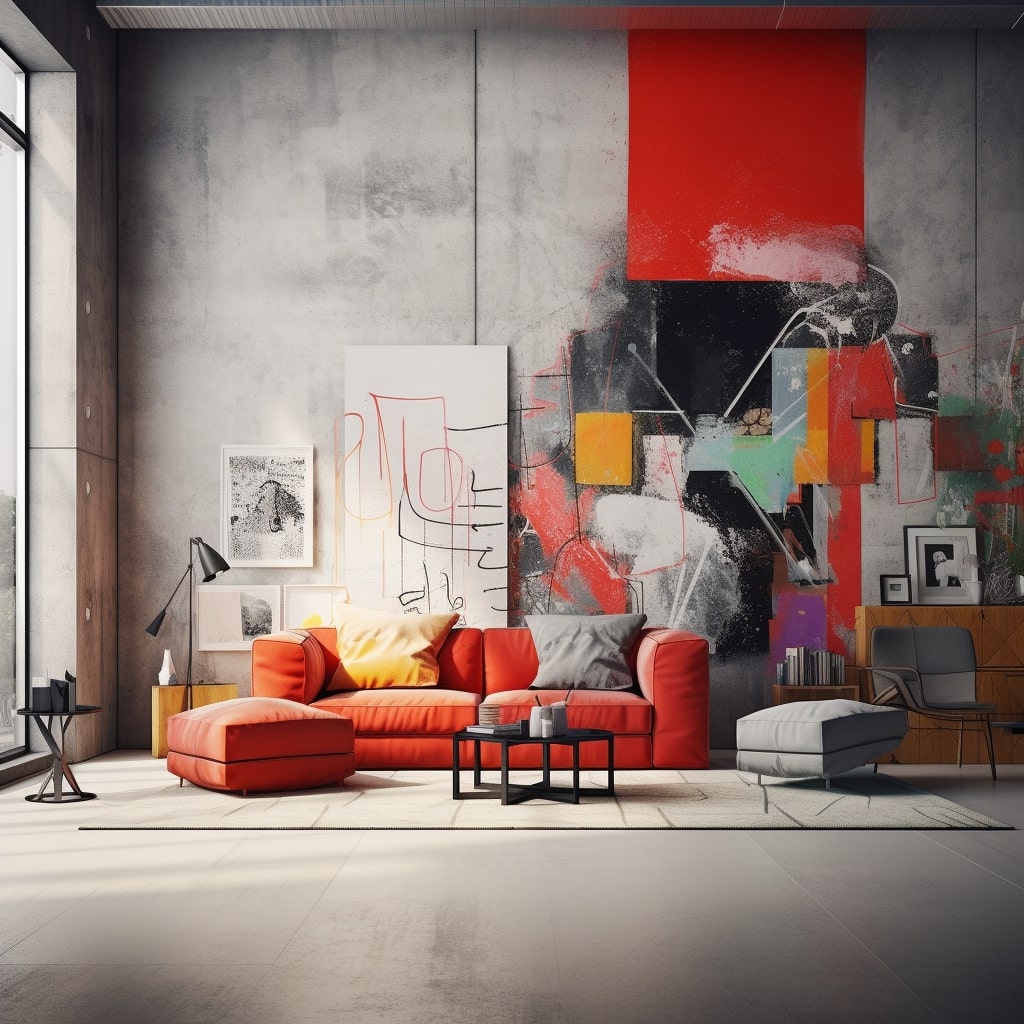

The Theory of Unity in Interior Design
Unity in interior design is not just a visual concept; it is also a theoretical one that draws from other design disciplines. The goal of achieving unity is to create a sense of harmony in a space. To achieve this, designers utilize certain theories and principles.
The Principles of Unity in Interior Design
There are several key principles that contribute to achieving unity in interior design:
| Principle | Description |
|---|---|
| Repetition | Repeating patterns, colors, and textures can help tie a space together. |
| Balance | Creating a sense of balance through the arrangement of elements can contribute to unity. |
| Rhythm | Repeating the same or similar elements in a regular pattern can create a sense of flow and cohesiveness. |
Theoretical Aspects of Unity in Interior Design
Unity in interior design draws from other design disciplines such as graphic design and fashion design. Some theories that contribute to achieving unity include:
- Golden Ratio: A mathematical ratio that has been used for centuries to create harmony and balance in design.
- Color Theory: The study of color and how different colors can be used together to create a cohesive look.
- Proportion: The careful arrangement of elements in a space to create a sense of balance and harmony.
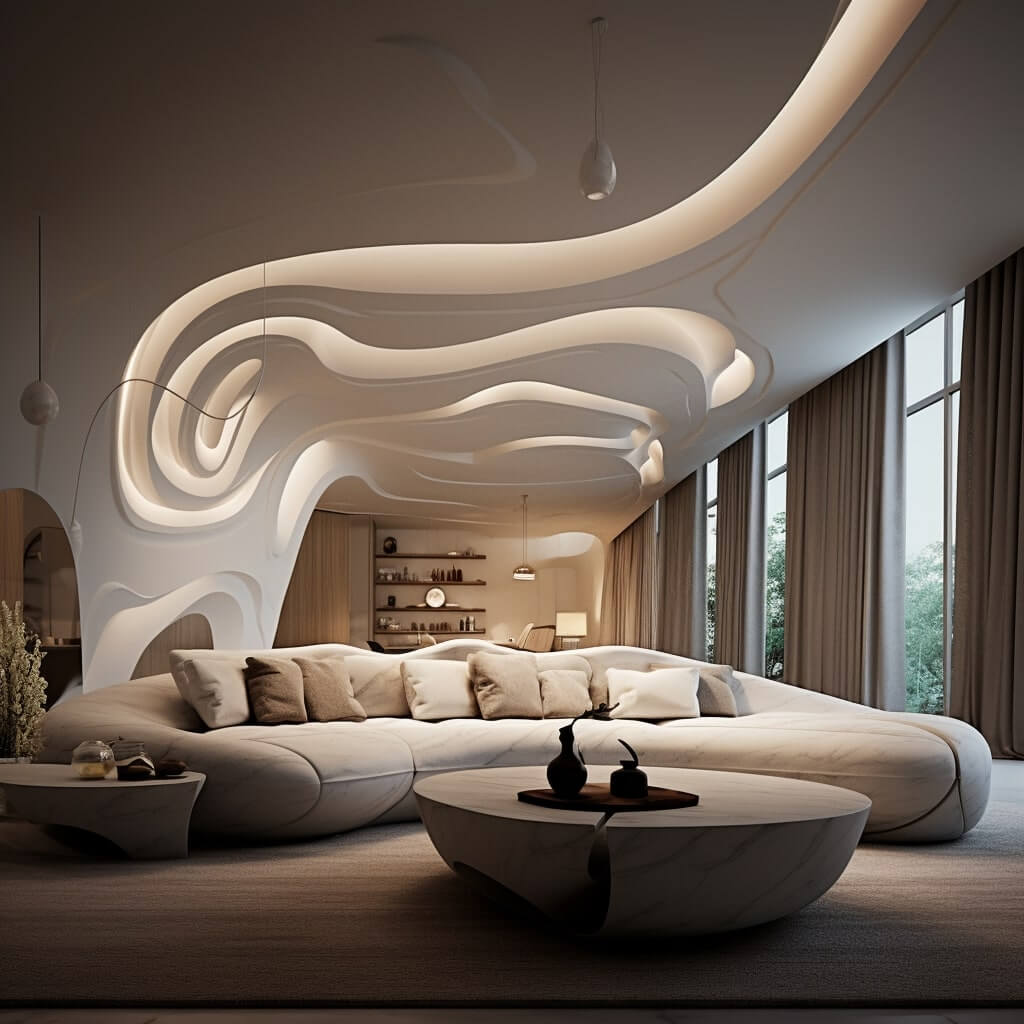

Ways to Achieve Unity in Interior Design
Creating unity in interior design is all about making sure that every element in a space works together harmoniously, whether it’s through color, pattern, texture, or shape. Here are some practical tips for achieving unity in your interior design:
1. Consistent Color Palette
Using a consistent color palette is one of the easiest ways to create a sense of unity in a space. Choose a few colors that you love and use them throughout the room in different ways, whether it’s on the walls, furniture, or accessories. This will help tie everything together and create a cohesive look.
2. Coordinating Furniture and Accessories
Make sure that your furniture and accessories work together visually. This doesn’t mean that everything has to match perfectly, but it should have a sense of visual coherence. For example, if you have a bold piece of furniture, make sure that the accessories around it complement it rather than detract from it.
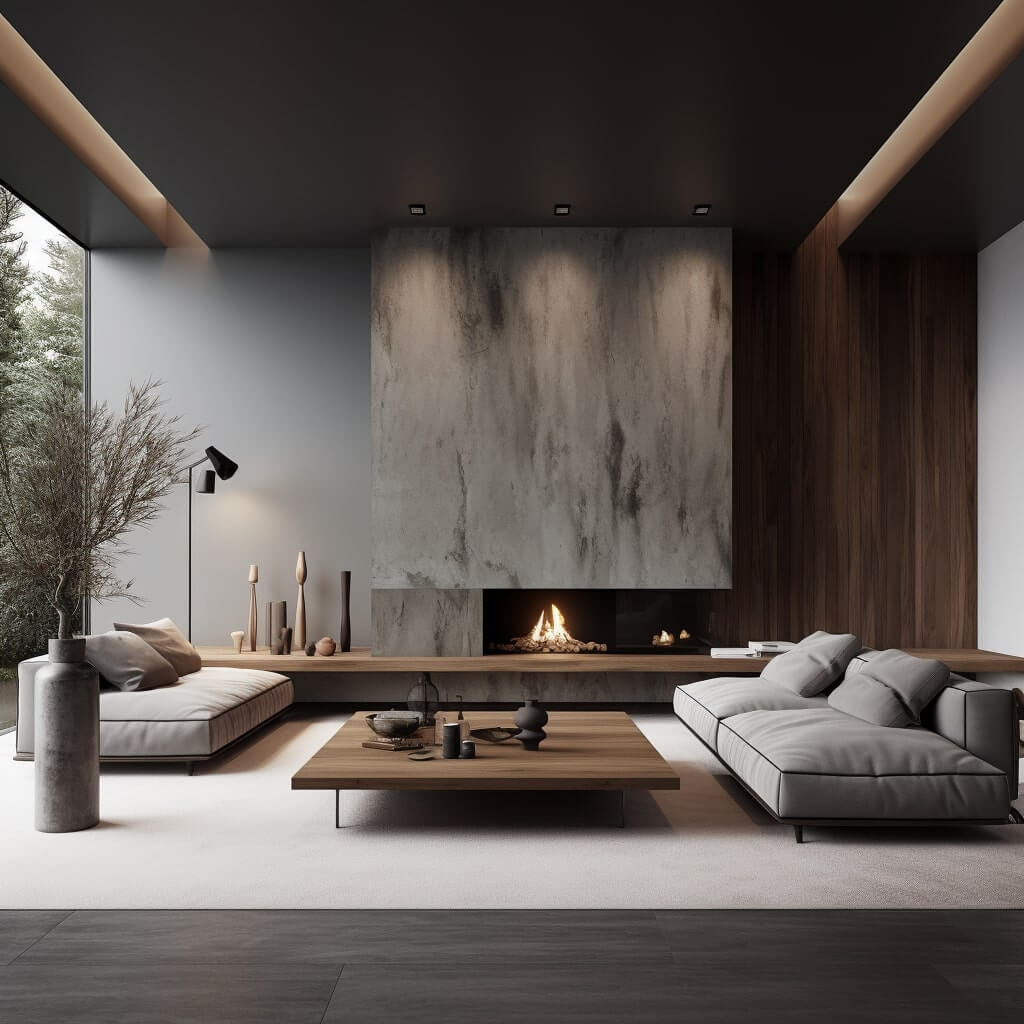

3. Creating Visual Connections
Creating visual connections between different areas within a space can help create a sense of unity. For example, you might use the same flooring throughout the room or hang similar artwork on different walls. This will help tie everything together and create a cohesive look.
Remember, achieving unity in interior design is all about creating a sense of harmony and balance within a space. Use these tips as a starting point, but don’t be afraid to experiment and find what works best for you.
Creating Unity and Harmony in Interior Design
Unity and harmony are two essential elements in creating a visually appealing and cohesive interior design. Unity refers to the sense of oneness or cohesion in a space, while harmony is the pleasing arrangement of elements that work together to create a unified whole.
The key to achieving both unity and harmony in interior design is to carefully consider all the elements in a space and how they work together. This includes paying attention to details like color, texture, pattern, and scale.
When elements are not cohesive, the space can feel disjointed or chaotic. For example, using clashing colors or diverse patterns can create a sense of confusion and disunity. To achieve unity and harmony, a designer must consider how each element will work together in the overall design.
One principle that can help achieve unity and harmony is repetition. By repeating elements like color or pattern throughout a space, a designer can create a cohesive and harmonious environment.
| Tip: | Consider using a limited color palette or sticking to one pattern to create a sense of repetition throughout a space. |
|---|
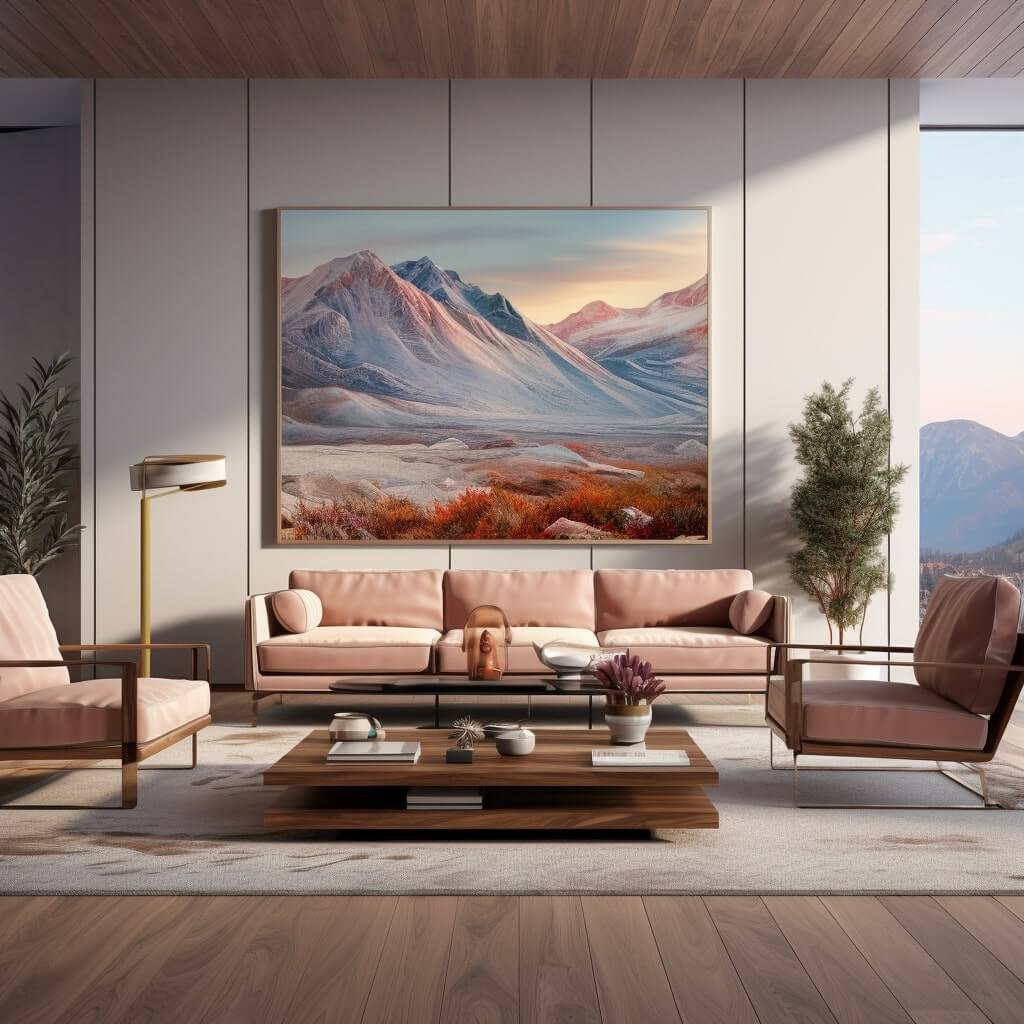

Another way to achieve unity and harmony is to balance the visual weight of different elements in a room. For example, a large piece of furniture can be balanced by a series of smaller pieces or accessories that complement it.
Creating visual connections between different areas or elements in a space can also help achieve unity and harmony. For example, repeating a pattern in a living room rug and throw pillows can create a visual connection between the two elements, helping them to feel more unified.
Finally, it’s important to remember that achieving unity and harmony doesn’t mean sacrificing individuality or personal style. A skilled designer can work within a client’s personal style to create a space that feels harmonious and cohesive while still reflecting their tastes and preferences.
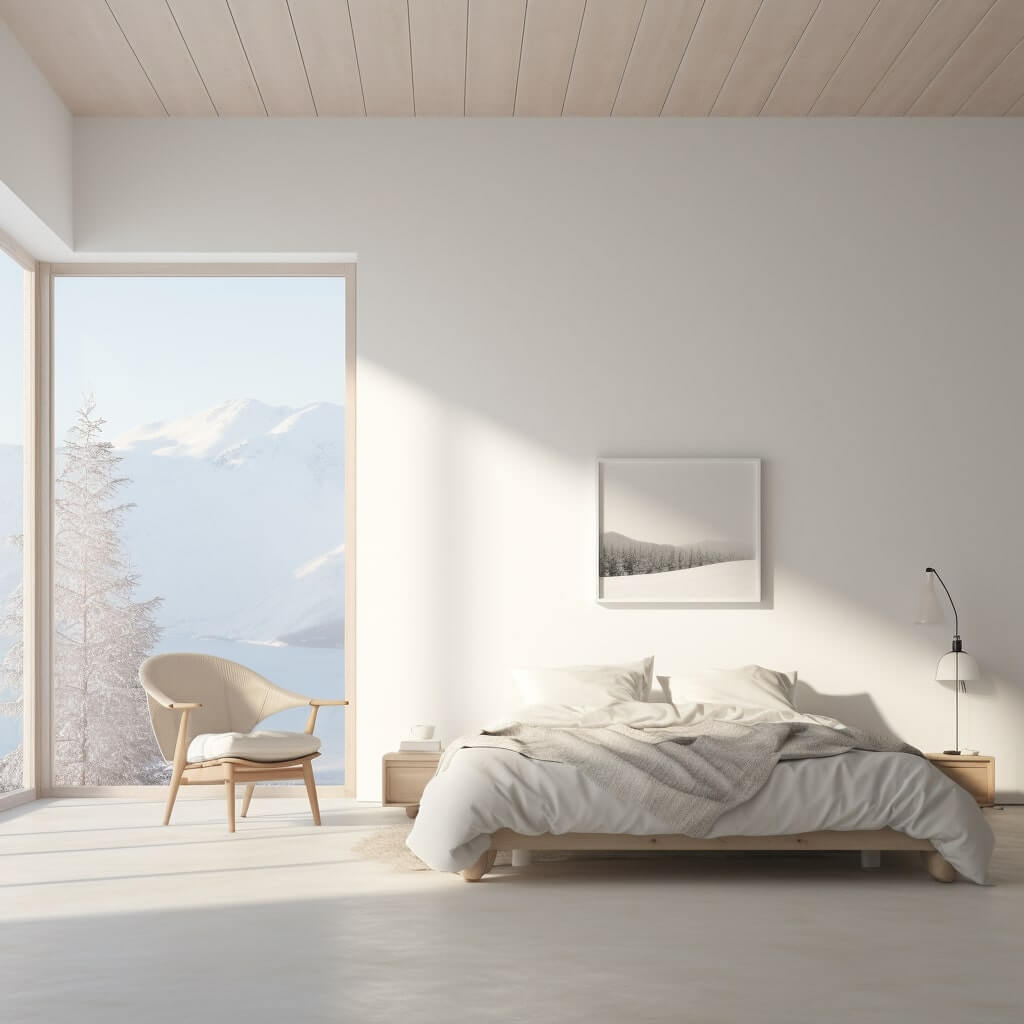

The Role of Proportion in Achieving Unity
Proportion refers to the relationship between the size, shape, and placement of elements in a space. It plays a crucial role in achieving unity in interior design, as an imbalance in proportion can disrupt the overall harmony of a room.
One of the key principles of proportion is symmetry, which involves balancing visual weight on either side of a central axis. This can be achieved through the placement of furniture, accessories, and other design elements. For example, in a living room, a sofa and armchair can be arranged symmetrically on either side of a fireplace or coffee table.
Another principle of proportion is scale, which relates to the size of different elements in a space. It’s essential to maintain a sense of balance between oversized and small objects, as well as between vertical and horizontal proportions. For instance, an oversized chandelier in a small room can overwhelm the space, while a small rug in a large living area can look out of place.
Moreover, the concept of proportion also applies to the use of color, texture, and pattern. When incorporating these elements, it’s essential to ensure they are proportional to one another and to the overall size and shape of the space. Too much of one color or pattern can create visual dissonance, while a lack of texture can make a room feel flat and uninspiring.
Proper proportion is critical in achieving unity and harmony in interior design. By considering the size, placement, and relationship of elements within a space, designers can create a cohesive and visually appealing environment.
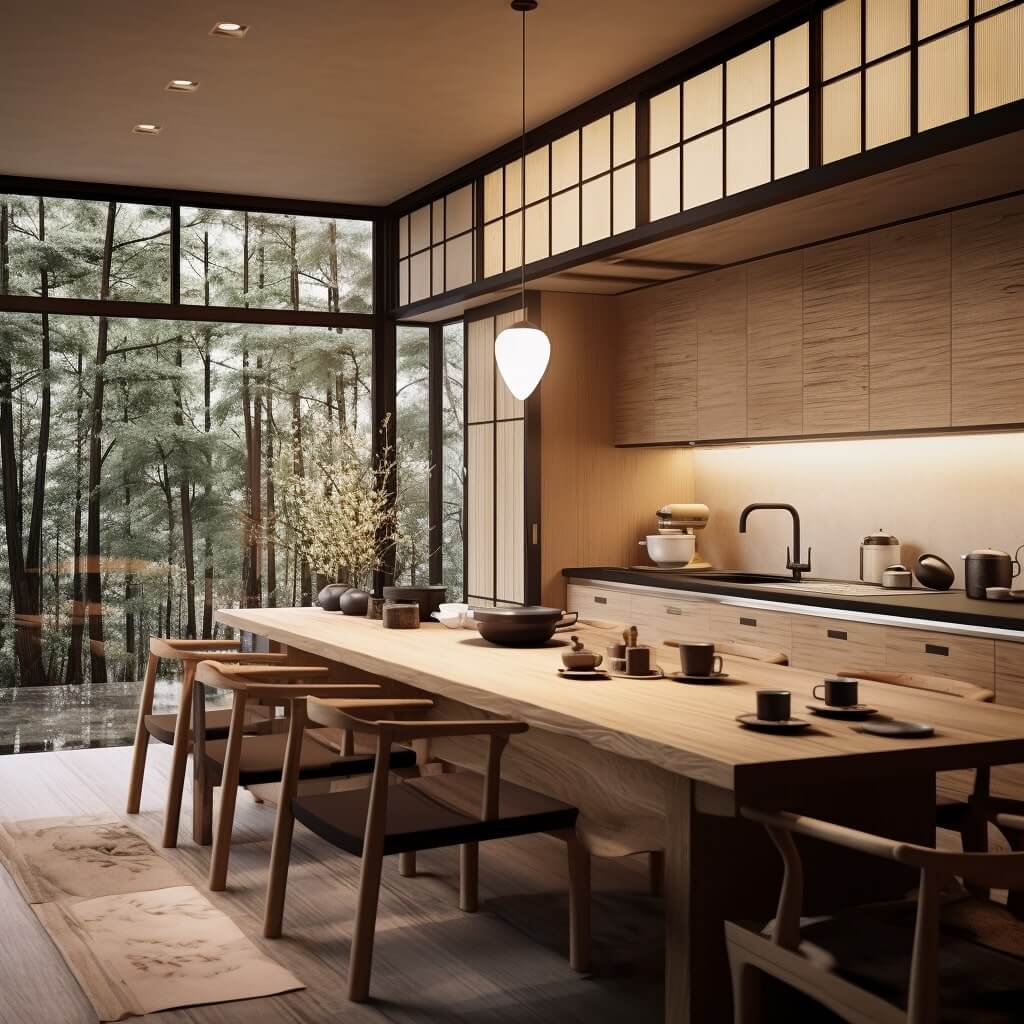

Balancing Unity with Individuality
Achieving unity in interior design is crucial for creating a cohesive and visually pleasing space. However, it’s important to strike a balance between unity and individuality. While creating a unified design scheme, it’s essential to incorporate elements that reflect the personal style and taste of the homeowner or occupants.
One effective way to balance unity with individuality is by incorporating statement pieces that contrast with the overall design scheme. For instance, some bold artwork, unique furniture piece or a carefully crafted vignette can serve as a focal point and add interest to the room without disrupting the overall balance and harmony.
Another strategy for maintaining a balance between unity and individuality is by selecting furniture and accessories that have a common theme or material. For instance, if the overall design scheme is modern and minimalist, incorporating a vintage-inspired armchair or a textured rug can add warmth and character to the space without disrupting the overall aesthetic.
Ultimately, the key to achieving a successful balance between unity and individuality in interior design is by creating a design scheme that reflects the homeowner’s personal style while maintaining a cohesive and visually pleasing environment.
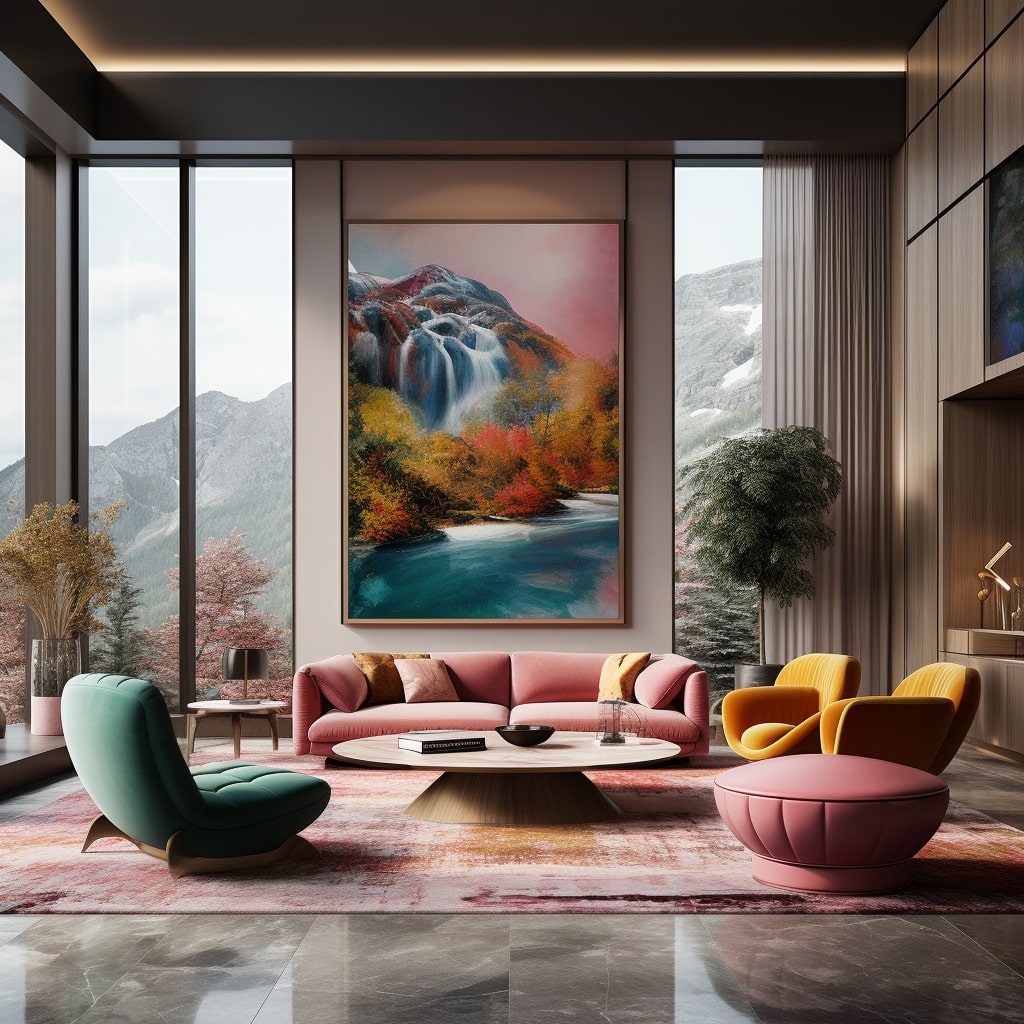

Achieving Unity in Different Interior Design Styles
While unity is a fundamental principle of interior design, it can be applied in different ways to various design styles. Here, we explore how achieving unity can enhance the visual appeal of different interior design styles.
Minimalism
Minimalism is characterized by its simplicity and focus on functionality. Achieving unity in minimalist spaces involves using a limited color palette, clean lines, and lack of clutter. By incorporating elements such as natural light and high-quality materials, minimalist spaces can create a sense of unity and calm.
Traditional
Traditional interior design relies on classic shapes, rich colors, and ornate details. Unity in traditional spaces can be achieved by creating a cohesive color palette and repeating patterns and textures throughout the space. The use of symmetry and balance further enhances the sense of unity in traditional design.
Eclectic
Eclectic interior design involves combining various design styles, periods, and materials to create a unique and personalized space. Achieving unity in eclectic spaces requires careful consideration of the relationship between different elements, such as colors, textures, and patterns. Creating a focal point and using common elements, such as a consistent color palette, can help bring unity to an eclectic space.
Overall, the principles of unity can be applied to any interior design style to create a harmonious and visually appealing space. By understanding how unity can be achieved in different design styles, you can create a space that not only reflects your personal style but also creates a cohesive and balanced environment.
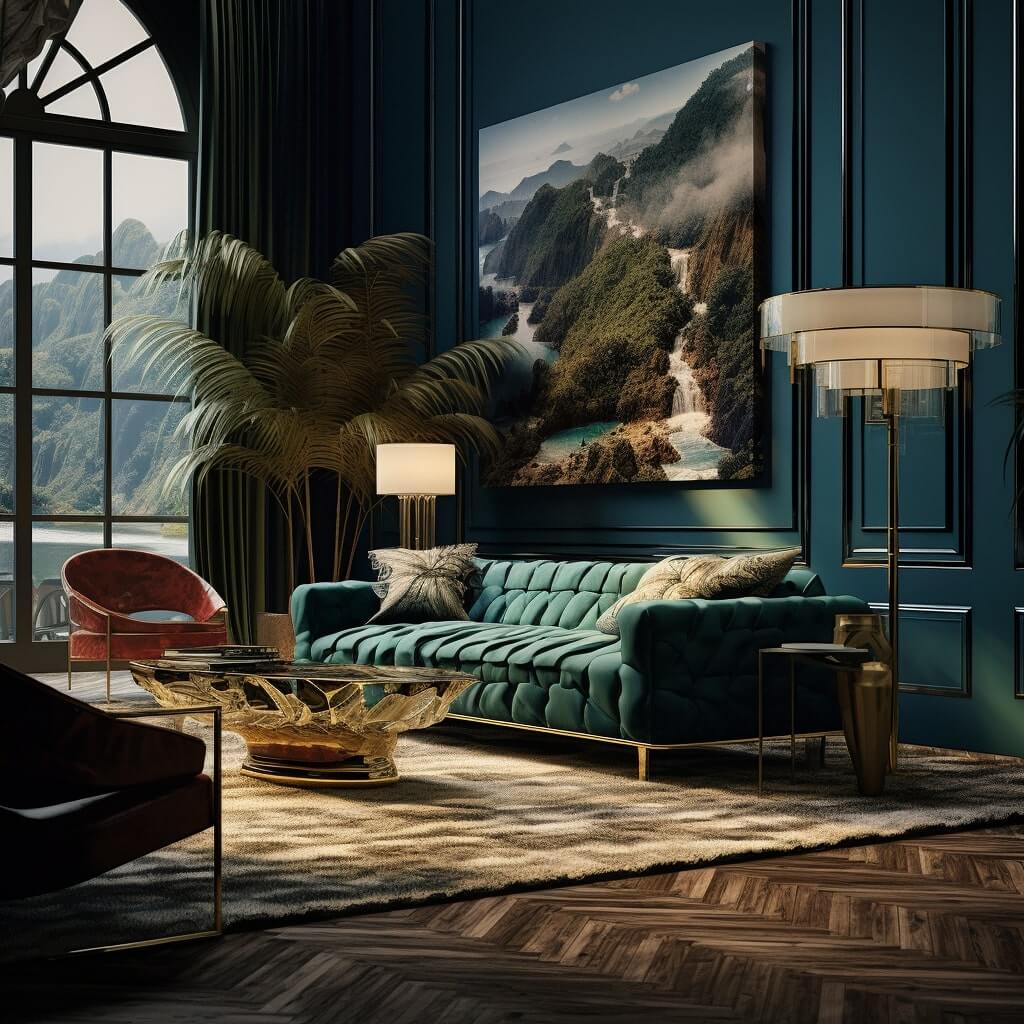

Incorporating Unity in Small Spaces
Small spaces can be a challenge to design, but incorporating unity can make a big difference in creating a cohesive and visually appealing environment. Here are some tips for achieving unity in small spaces:
1. Keep it simple
In small spaces, it’s essential to keep things simple. Avoid clutter and unnecessary items, and focus on using a few key pieces to create a cohesive look. Stick to a limited color palette and avoid too many patterns or textures.
2. Use multi-functional furniture
In small spaces, every piece of furniture should serve multiple functions. Look for items that can double as storage, like ottomans or coffee tables with hidden compartments. This will help keep the space organized and free of clutter, while also contributing to the overall design.
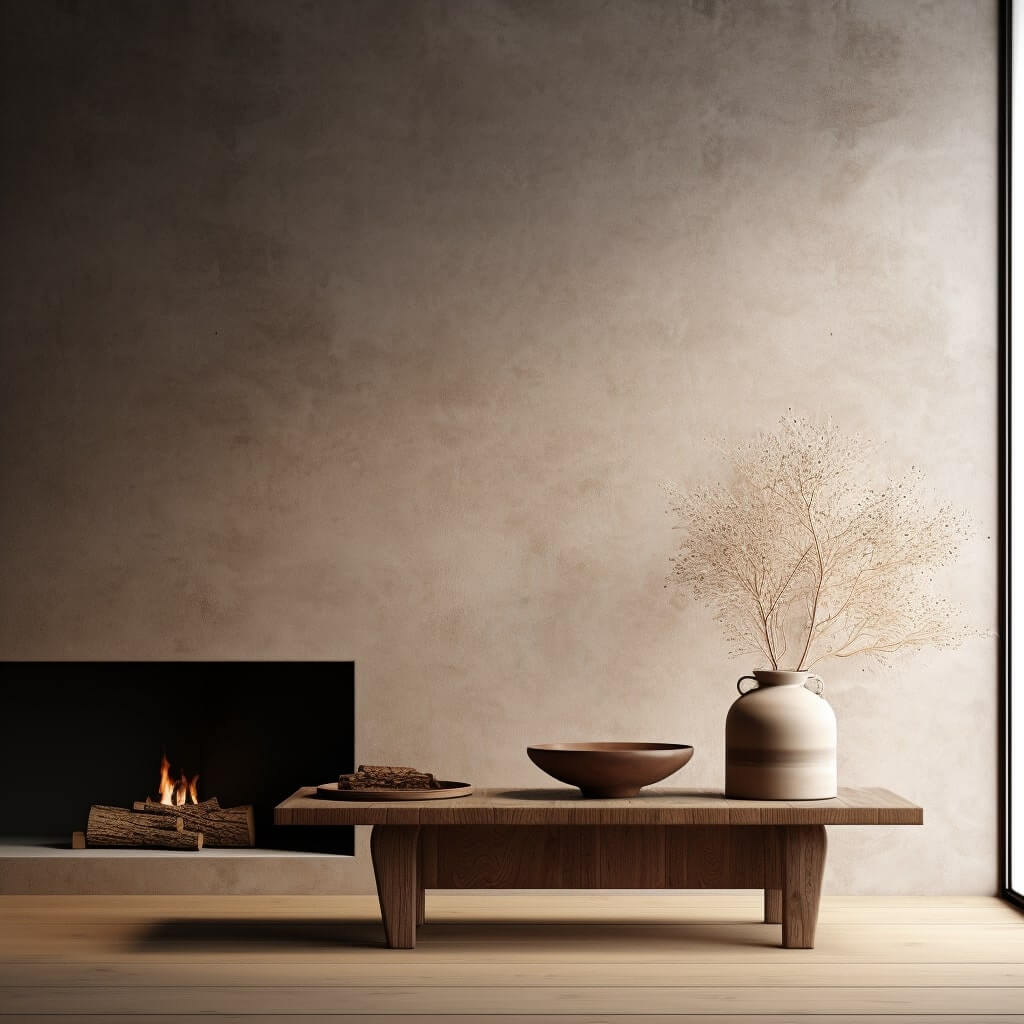

3. Pay attention to scale
Scale is essential in small spaces. Be sure to choose furniture and accessories that are appropriately sized for the room. Avoid large, bulky items that can overwhelm the space, and opt for smaller pieces that can be easily rearranged as needed.
4. Consider the flow
The flow of a small space is crucial, as every inch of the room counts. Arrange furniture in a way that maximizes the space and creates a natural flow of movement. Use area rugs and lighting to define different areas of the room and create visual interest.
5. Use mirrors
Mirrors are a great way to create the illusion of more space in a small room. Use them strategically to reflect light and make the room feel brighter and more open. A large mirror can also be a statement piece in a small space, creating a focal point and adding visual interest.
While you’re here: What is the difference between interior design and interior architecture?
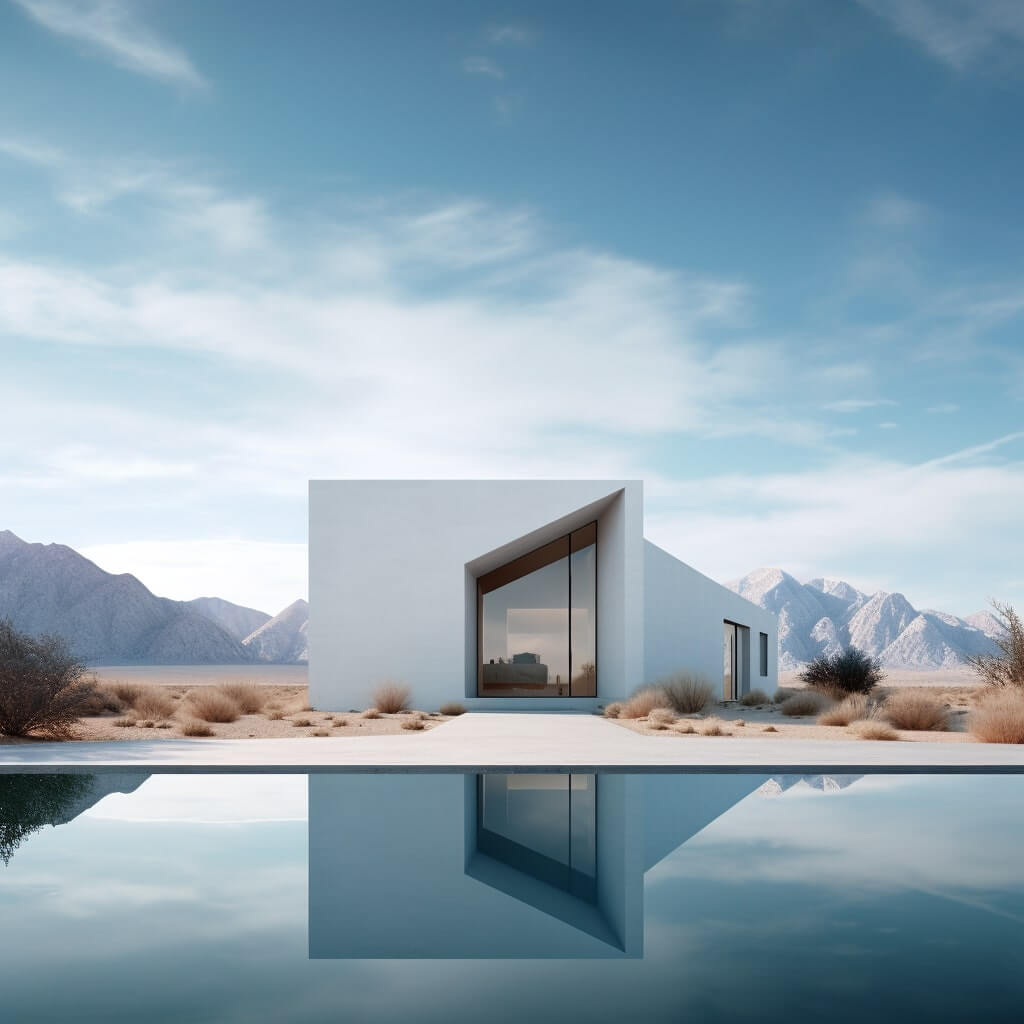

FAQ: Common Questions about Unity in Interior Design
As you explore the concept of unity in interior design, you may have some common questions. Here are some answers to frequently asked questions:
What is the difference between unity and harmony in interior design?
Unity refers to the cohesive relationship between different elements within a space, while harmony refers to the overall sense of balance and beauty within a design. Unity is one of the key principles that contributes to achieving harmony in interior design.
Can unity be achieved in a room with mixed styles and colors?
Yes, unity can be achieved in a room with mixed styles and colors by finding common elements that tie the different pieces together. This could include using a consistent color palette, repeating certain patterns or textures, or creating visual connections between different areas within the space.
How can proportion contribute to unity in interior design?
Proportion refers to the relationship between different elements within a space, and can contribute to achieving balance and harmony. By carefully arranging the size and placement of furniture, accessories, and other design elements, a sense of proportion can be achieved that contributes to overall unity within the space.
What are some practical tips for achieving unity in a small space?
In a small space, every element plays a significant role in creating a cohesive and visually appealing environment. Some practical tips for achieving unity in a small space include using a consistent color palette, opting for multi-functional furniture, and creating visual depth through the use of mirrors or artwork.
How do I balance unity with my own personal style in interior design?
Balancing unity with personal style can be achieved by finding ways to incorporate individual elements within an overall cohesive design. This could include using a statement piece of furniture or artwork, incorporating personal mementos or collections, or finding ways to express individuality through color or pattern within a consistent design scheme.
Can unity be achieved in any interior design style?
Yes, unity can be achieved in any interior design style by finding the specific elements and principles that contribute to harmony within that style. Whether it’s minimalism, traditional, or eclectic, the key is to find the common threads that tie the different elements together and create a sense of unity within the space.







